Tuscany is not only celebrated for its beautiful landscapes and unparalleled artistic heritage, but also for a tradition of patronage that has spanned the centuries. Today, this noble practice finds expression in modern business and professional patrons, individuals who with dedication and passion invest in the arts and culture and to enrich community life and preserve the region’s glorious past. Today, patrons play a key role in supporting emerging and established artists in Tuscany: through their financial commitment and support they enable artists to explore new expressive frontiers and bring original works to life, creating a favorable environment for the growth of the local arts community and beyond, making Tuscany an active and vital cultural hotbed.
Not only that, through initiatives supported by contemporary art patrons, access to art spreads more broadly. Educational projects, public exhibitions, openings of private collections to the public, and cultural initiatives help break down barriers between art and the public. Contemporary art thus becomes a vehicle for connection and understanding, enriching the lives of all citizens. And while embracing innovation, Tuscany’s contemporary art patrons maintain firm ties to the region’s rich cultural heritage: contributing to the dialogue between past and present, they promote the continuity of artistic tradition, ensuring that Tuscany is a place where history and modernity can coexist harmoniously.
Who are the most important patron entrepreneurs who have shaped the region’s cultural landscape over the past century? The progenitor of today’s patron entrepreneurs and professionals can be found in the figure of the Anglo-Florentine collector Frederick Stibbert (Florence, 1838 - 1906), heir to a substantial family fortune that he helped to increase through his financial transactions and then invested in art, setting up a rich collection that he later decided to donate to the city in 1906 as his last will. Although Stibbert is to be considered a financier rather than an entrepreneur, the passion he had for the arts was common to that which would later characterize Tuscan entrepreneurs and professionals interested in the arts. Stibbert’s main interest was in arms: after all, he came from a family of military traditions, and throughout his life he would never abandon this passion, which led him to amass a rare and valuable collection of European, Islamic, and Japanese arms. Alongside this core collection are then the costumes and decorative art objects, such as special porcelain, and of course the picture gallery that houses a Madonna by Sandro Botticelli, two saints by Carlo Crivelli, a portrait attributed to Bronzino, and then works by Domenico Beccafumi, Alessandro Allori and many others. All kept in the museum house, now the Stibbert Museum, a villa that Frederick’s mother, Giulia, bought in 1849 and which was later enlarged in 1874 when the collector wanted to buy the villa of his neighbors, the Bombicci family, starting work to unite the two buildings, which was completed in 1880. In all, Stibbert’s collection consists of more than 36,000 objects from Europe and the East, which today represent a very special case of a nineteenth-century collection that has remained intact (by the express wish of Stibbert himself).
After Frederick Stibbert, there have been many enlightened entrepreneurs and professionals who have left profound traces on the cultural landscape of Tuscany. Among the first it is possible to mention Alberto Della Ragione (Piana di Sorrento, 1892 - Santa Margherita Ligure, 1973), a naval engineer who, after teaching mathematics at the nautical institute in Livorno until 1927, decided to strike out on his own by starting his own business, specializing in the salvage of sunken ships. The proceeds from his business enabled him to become a major art collector: after an initial interest in 19th-century art, in 1931, following a visit to the first edition of the Quadriennale in Rome, he decided to sell his collection of 19th-century art and invest everything in contemporary art. He thus bought works by all the greats of the time-Carlo Carrà, Giorgio Morandi, Mario Sironi, Filippo De Pisis, Massimo Campigli, Carlo Levi, Osvaldo Licini, Arturo Martini, and many others. He was not only a collector, but also a patron in the strict sense, since he formed very deep relationships with several artists (especially those of the Roman School, above all Mario Mafai), hosting and helping them even when they were in financial difficulties. In the early 1940s he also succeeded in taking over the Corrente gallery, later renamed “Galleria della Spiga,” thus extending his activity of supporting artists and moreover positioning himself as a point of reference against the official art of the Fascist regime, since Della Ragione supported artists, such as Renato Birolli and Renato Guttuso, who took a starkly counter-trend stance. Later, in 1970, he decided to donate his collection to the city of Florence , which is now on display, visible for all to see, in the rooms of the Museo Novecento in the Tuscan capital.

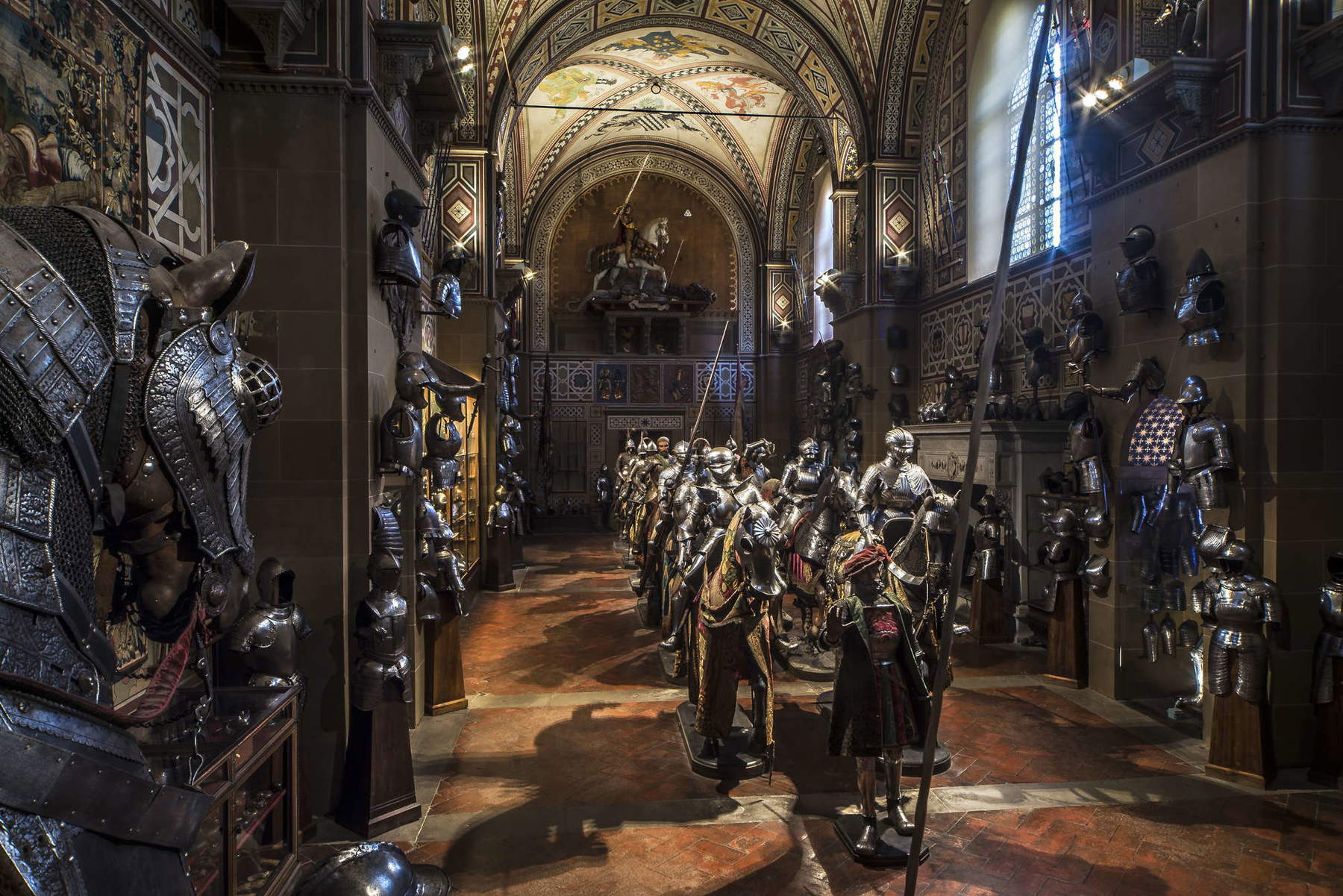
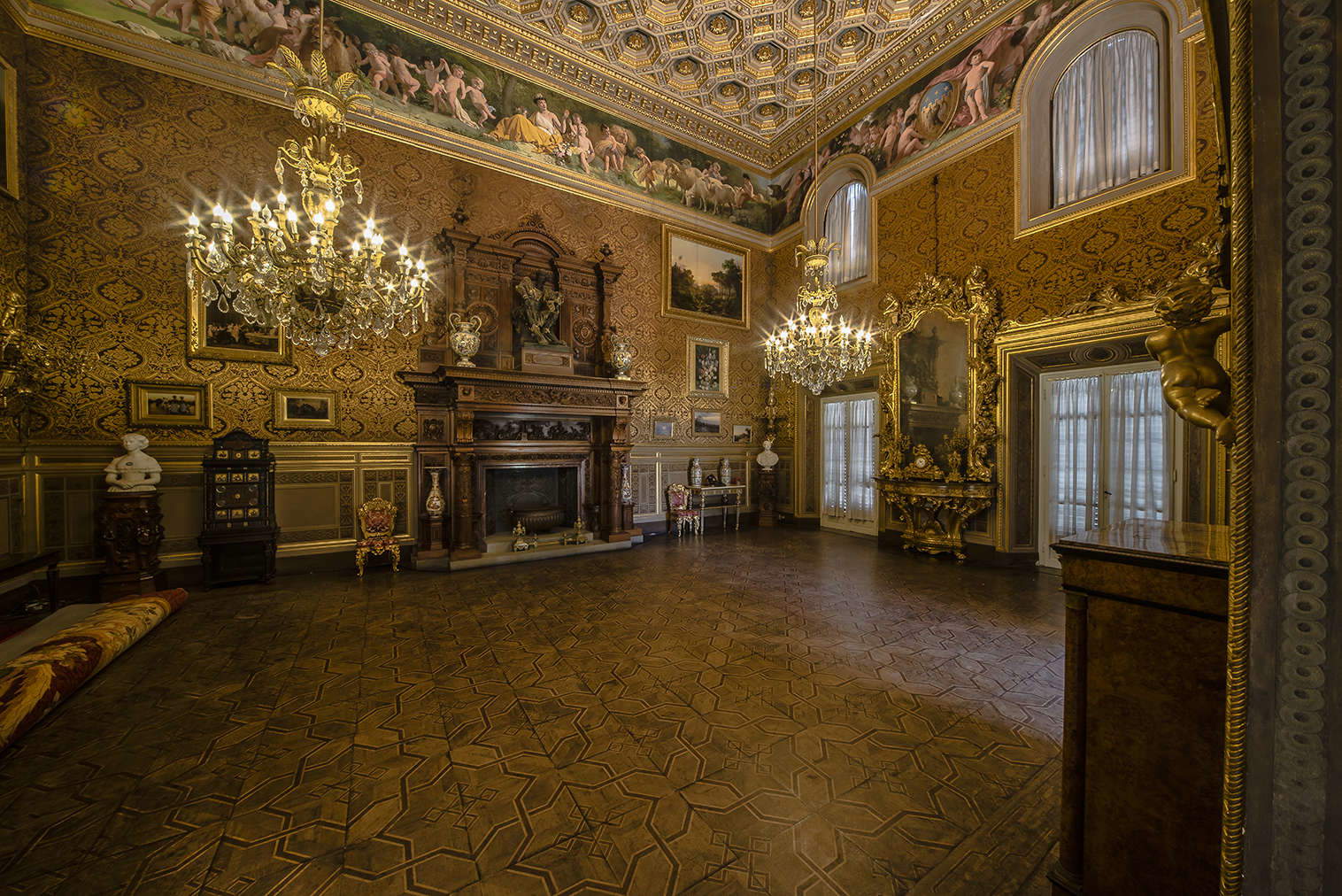


The historical overview can then continue with Enrico Pecci (Prato, 1910 - Barbados, 1988), who at only twenty-six inherited the textile company owned by his father Luigi, which was already well established: it had about two hundred employees and was driven mainly by exports. Pecci’s company (still active today, under the name Pecci Filati), under Enrico’s leadership, was able to expand its activities by opening factories in Peru and South Africa as well, and after the end of World War II it played a leading role in revitalizing the wool industry in the Prato district (Enrico Pecci also became president of the Prato Industrial Union in 1945). In addition, the company shifted its strategy by focusing on quality rather than cost as it had done before the war, and succeeded in a short time, thanks in part to this change of direction, in establishing itself as Prato’s leading wool industry.Enrico Pecci’s work was recognized in June 1961 with the appointment as a knight of labor. Enrico Pecci devoted the last years of his existence to the creation of the “Luigi Pecci” Center for Contemporary Art, now more familiarly known as the “Pecci Center” in Prato, one of the main centers for contemporary art in Italy. It is dedicated to the memory of his son Luigi, who died prematurely in the summer of 1973 after he had already taken over the reins of the company. The Pecci Center is the first Italian institute designed specifically to “present, collect, document and support artistic research in visual and performing arts, cinema, music, architecture, design, fashion and literature,” as the presentation on its website states. It opened in 1988 in the large complex designed by rationalist architect Italo Gamberini and then expanded in 2016 by Maurice Nio: with three thousand square meters of exhibition halls, a 60-thousand-volume library, an auditorium-cinema, a restaurant and an open-air theater, it is one of the most significant realities in the field of contemporary art and is now administered by an entity, the Fondazione per le Arti Contemporanee in Toscana, established in 2015 by the City of Prato and the Cultural Association Centro per l’Arte Contemporanea Luigi Pecci.
Instead, the journey among today’s business and professional realities can begin in Pistoia: in Santomato, on the outskirts of the city, is in fact the Fattoria di Celle, home to the contemporary art collection of Giuliano and Pina Gori. Giuliano Gori (Prato, 1930 - 2024), an entrepreneur in the textile industry, was interested in art from an early age: the first nucleus of his collection dates back as far as the 1940s, which then grew so conspicuously that, in 1970, Gori decided to transfer the collection to Fattoria di Celle itself, also known for being one of the first Italian companies to promote and support the then nascent environmental art, with projects commissioned by the entrepreneur himself. Giuliano and Pina Gori, by their own admission, have always given preference to artists “who adopt innovation in artistic language.” The Fattoria di Celle park was then inaugurated on June 12, 1982, with the first eighteen works: installations by Alice Aycock, Nicola De Maria, Dani Karavan, Luciano Fabro, Fausto Melotti, Roberto Morris, Denis Oppenheim, Mimmo Paladino, Giuseppe Penone, Michelangelo Pistoletto, Anne and Patrick Poirier, Ulrich Ruckriem, Gianni Ruffi, Richard Serra, Aldo Spoldi, Mauro Staccioli, George Trakas, and Gilberto Zorio. Over the years, the collection has opened its doors to the public and has been further enriched, counting about seventy works that make it one of Tuscany’s leading contemporary art collections.
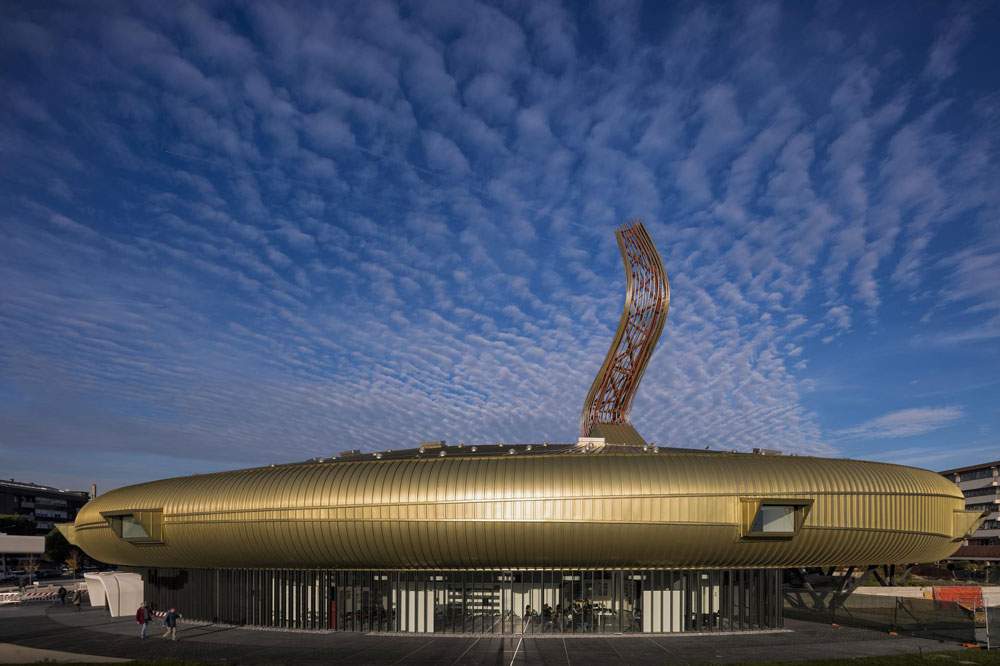
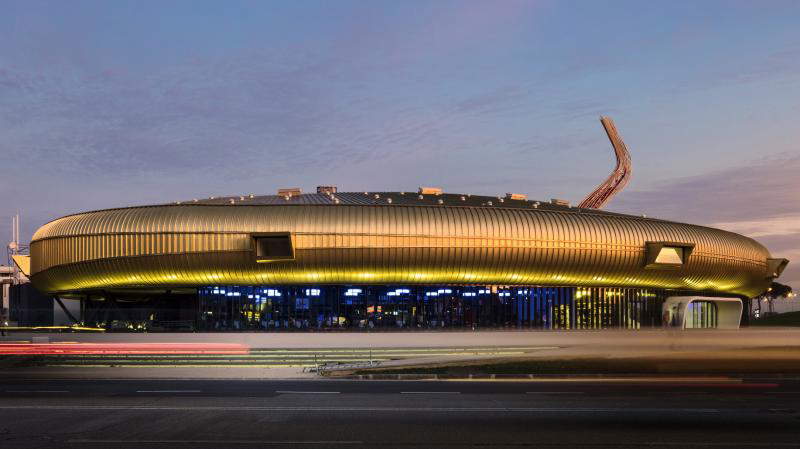

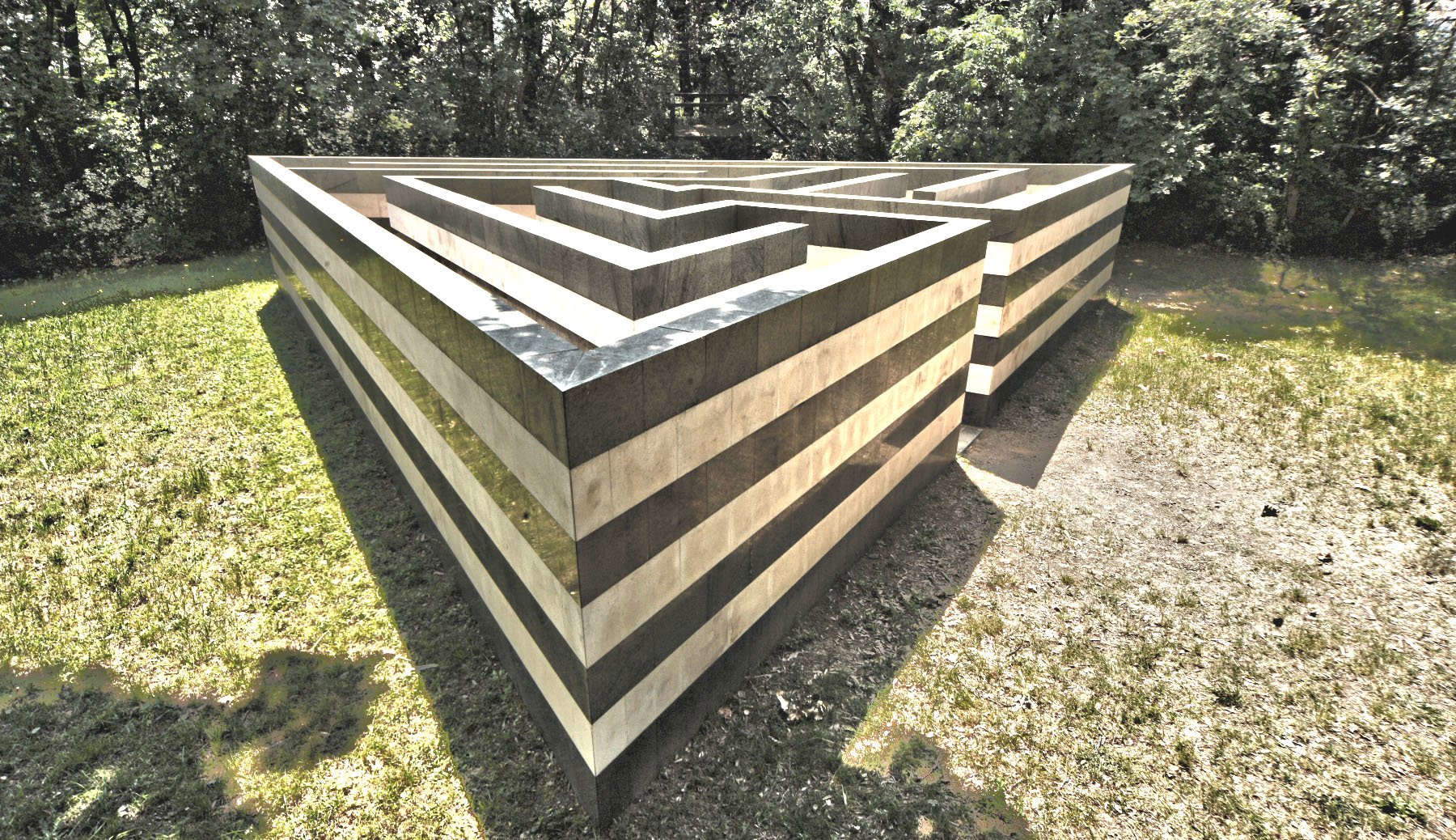
Another entrepreneur who has opened his collection to the public is Roberto Casamonti, founder of Galleria Tornabuoni, one of Italy’s leading art galleries, with branches in Florence, Milan, Forte dei Marmi, Rome and abroad in Paris and Crans Montana. In addition to having been one of the most innovative and original art dealers of the 20th and 21st centuries, Casamonti has in parallel conducted a remarkable activity as a collector, through which he has gathered works by many of the greatest great artists of the 20th century and the 2000s (artists include Marina Abramovic, Vanessa Beecroft, Alberto Burri, Enrico Castellani, Maurizio Cattelan, Christo, Giorgio De Chirico, Gino De Dominicis, Piero Dorazio, Max Ernst, Jean Fautrier, Tano Festa, Lucio Fontana, Piero Gilardi, Domenico Gnoli, Keith Haring, Emilio Isgrò, Asger Jorn, Vasilij Kandinsky, Anish Kapoor, Anselm Kiefer, Paul Klee, Yves Klein, Jannis Kounellis, Piero Manzoni, Mario Merz, Giorgio Morandi, Giulio Paolini, Pino Pascali, Robert Rauschenberg, Alberto Savinio, Mario Schifano, Giuseppe Uncini, Emilio Vedova, Bill Viola, Andy Warhol, Gilberto Zorio), and then opened to the public, starting in 2018, on the piano nobile of Palazzo Bartolini Salimbeni, one of the most beautiful in Florence, designed in 1520 by Baccio d’Agnolo and located in Piazza Santa Trinita, near Via Tornabuoni, the street where Casamonti opened his first gallery in 1981. The birth of the “Casamonti Collection” (this is the name with which the gallerist-collector has chosen to open his collection to the public, going on to create a true contemporary art museum in the heart of the Tuscan capital), “sanctions the point of arrival of a long story,” said Casamonti, “that runs through and characterizes my family, telling its story every day through the living language of art. I thought I wanted to share my collection with the city of Florence, to which I have always been affectionately attached, in order to make sure that the values of which art is the bearer can be conditions that are not exclusive but publicly shared. I am strongly convinced of the educational potential of art, capable of structuring and educating thought, the soul and the consistency of our living.”
Another relevant case is that of notary Vittorio Gaddi, who together with his wife Nunzia began collecting contemporary art since the early 1990s. Initially interested in Italian artists, especially the big names, Gaddi later turned his attention primarily to international artists and the emerging scene, going on to compose, in the two locations in which the collection is divided (a 1920s Art Nouveau palazzo in Lucca and a farmhouse near Capannori), one of the most dynamic and up-to-date contemporary art collections in Italy, among those that best record the changes in today’s art scene. Among the artists in the collection are Francis Alys, Neïl Beloufa, Marco Cingolani, Tony Cragg, Nathalie Djurberg, Olafur Eliasson, Leandro Erlich, Regina José Galindo, Isa Genzken, Petrit Halilaj, Carsten Höller, Alicja Kwade, Luigi Mainolfi, Hidetoshi Nagasawa, Piero Pizzi Cannella, Giò Pomodoro, Santiago Sierra, Kiki Smith, and Kaari Upson.
Quite special, however, is the experience of Montellori Farm, located just outside Fucecchio and run by entrepreneurs Alessandro Nieri and Eva Perini. The Fattoria, located at the center of a thriving winery that has been active since 1895, has in fact a remarkable art park that has no other counterpart in Italy since it is a garden where all the works of art are made of flowers, by precise intent of the patron, who initiated this project, curated by Eva Perini, in 2010, asking the artists to express themselves through the language of flowers. Thus were born the works of Remo Salvadori, Daniela De Lorenzo, Luca Vitone, Marco Bagnoli, Stefano Arienti and Salvo, who tried their hand at flowers, creating ephemeral works that follow the rhythm of nature, appearing and disappearing according to the different seasonality. All in the Farm’s historic garden, which sits alongside a 19th-century romantic park (which has remained unaltered and carefully managed). “For an artist,” say Nieri and Perini, “confronting the beauty of nature is the most difficult challenge asked of him; the works created at Montellori manage to amaze for their strength and love for nature and art.”
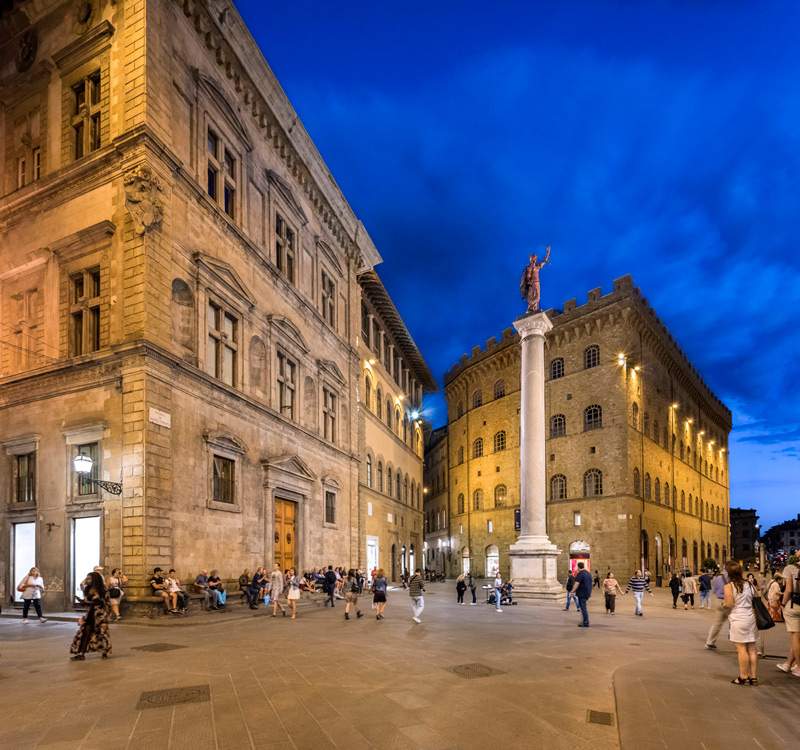
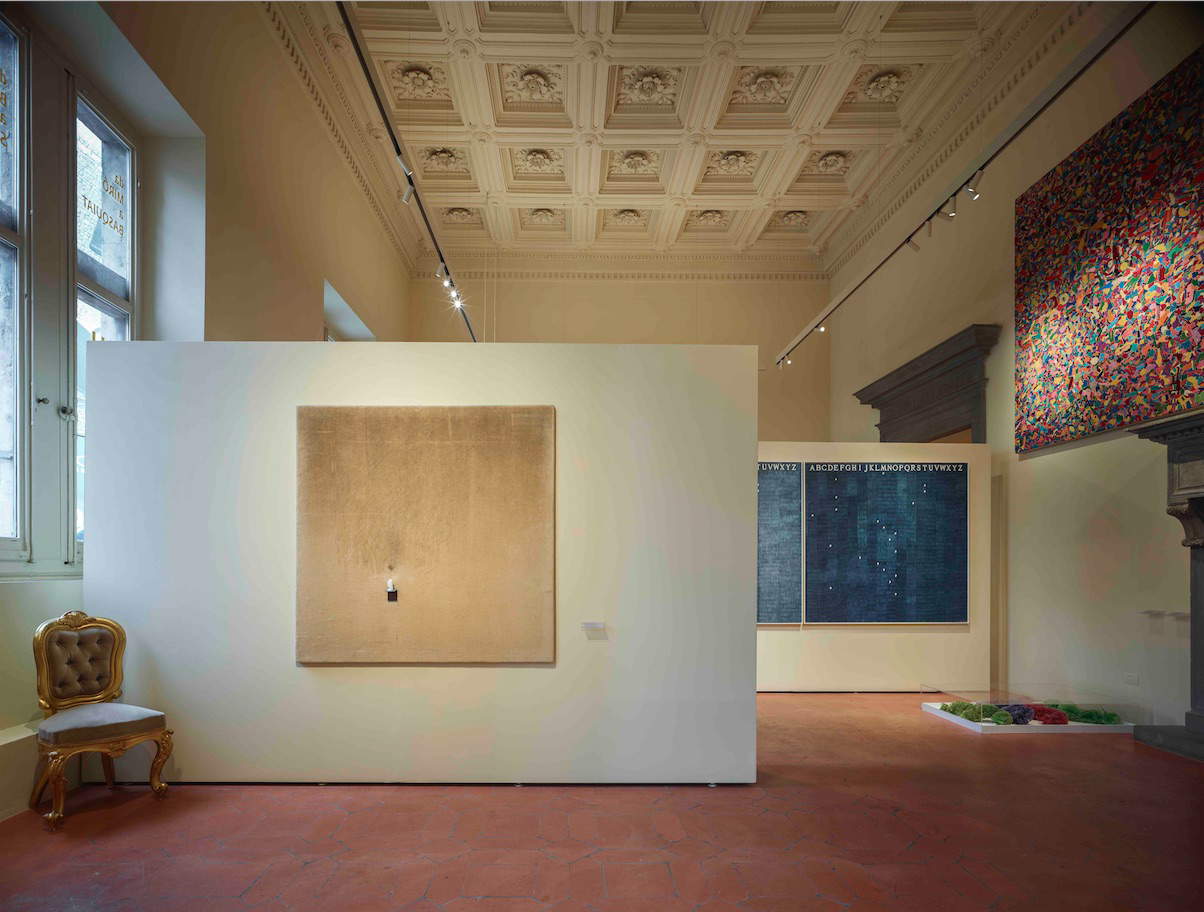

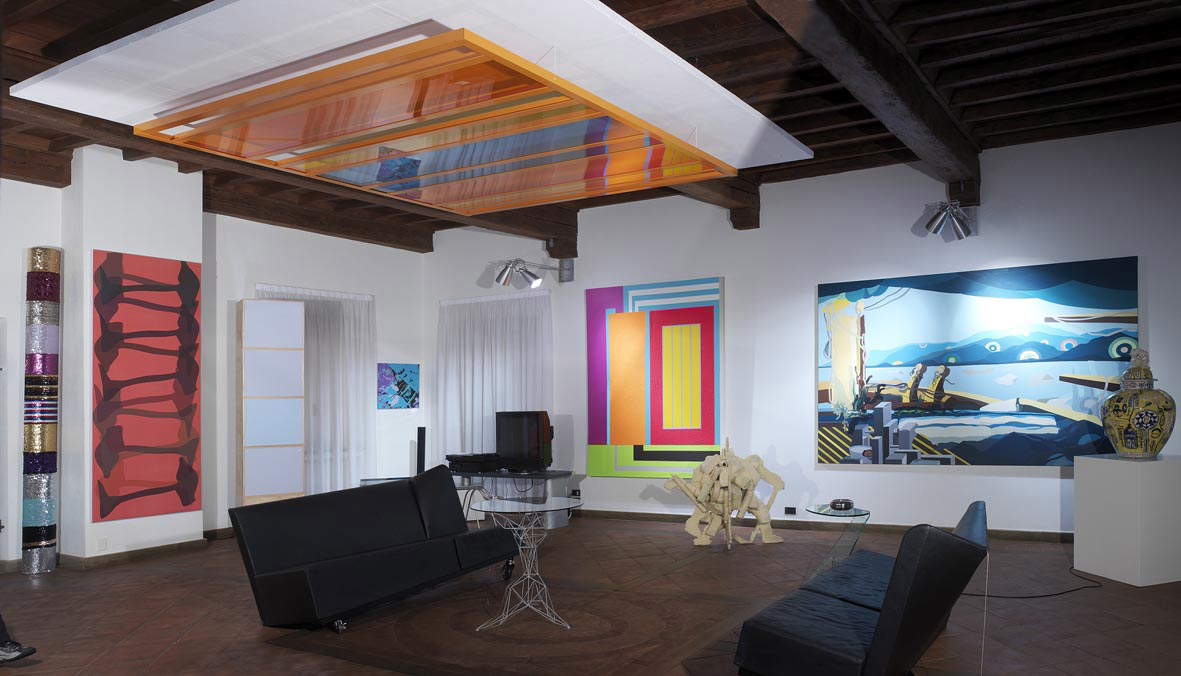

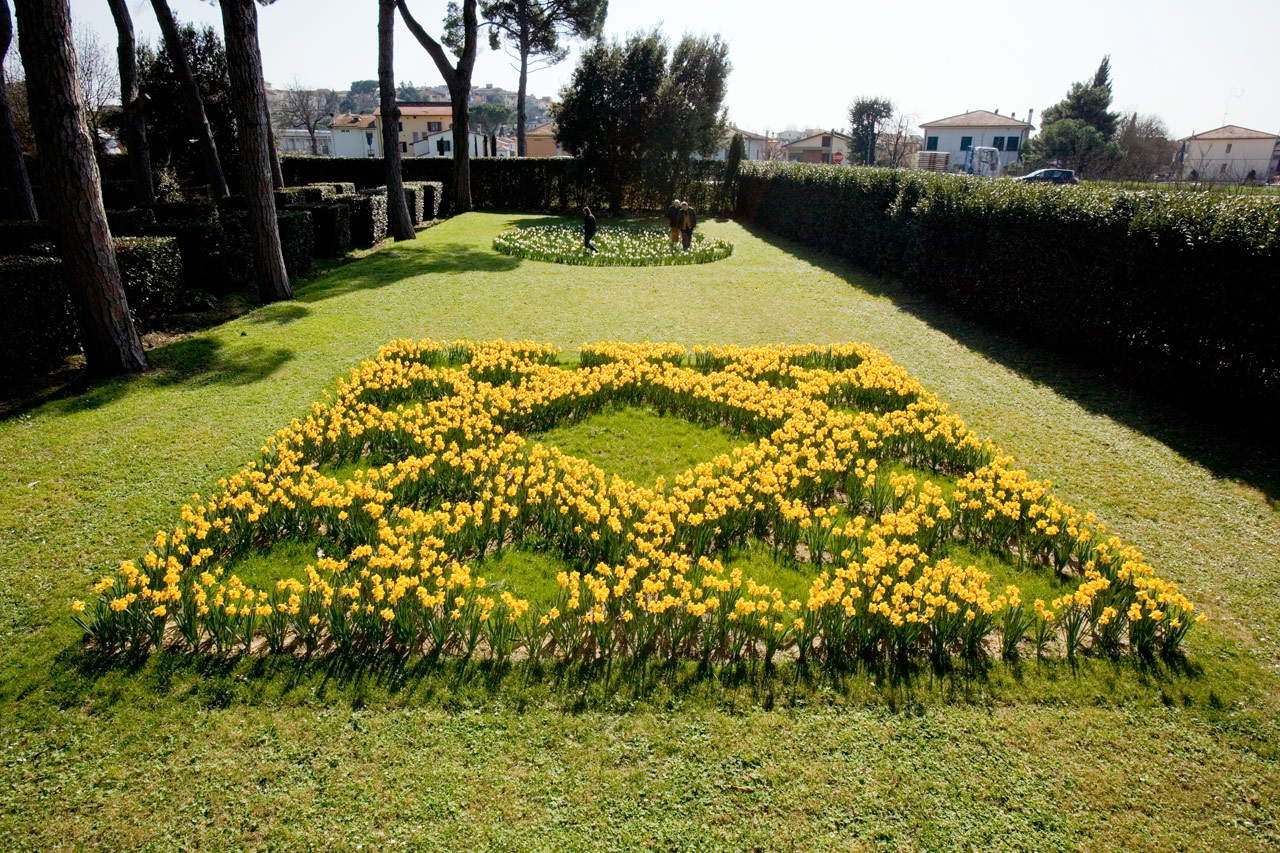
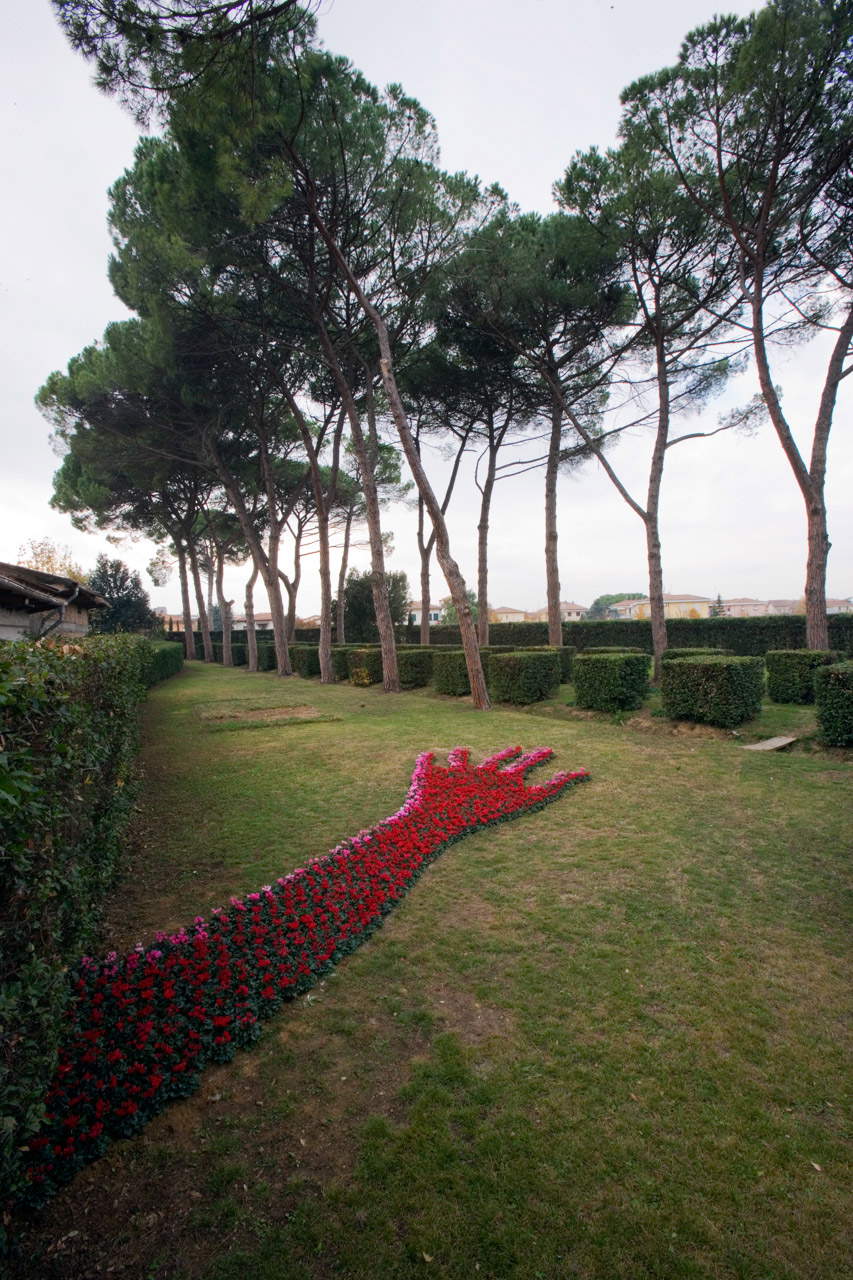
Alongside the entrepreneurs and professionals who have opened their collections to the public, there is also a constellation of patrons who have decided to support the arts in other ways. There are companies that, for example, have opened exhibition spaces for art shows: one such company that stands out is Red Graniti, a company in the Carrara stone industry, which in 2003 gave rise to the Giorgio Conti Foundation, named after the company’s founder, Giorgio Conti (Carrara, 1928 - 2002). Based in one of Carrara’s most splendid 19th-century palaces, Palazzo Cucchiari, the foundation organizes annual exhibitions of ancient and contemporary art and, despite its few years of activity (in fact, the first exhibition in Palazzo Cucchiari dates back to 2015), it has already distinguished itself as one of the most appreciated cultural realities in the area. Another significant example is that of the fashion house Patrizia Pepe , which periodically hosts exhibitions of Italian and international artists at its headquarters near Florence.
A special case is that of gallery owners Piero and Rosalba Giadrossi , who have opened a contemporary art park, the Chianti Sculpture Park, which was born... from scratch: Piero Giadrossi recounts that he came up with the idea of opening a park dedicated to sculpture after visiting an exhibition in the gardens of Kristenbosch in Cape Town in 1998, so the following year he began to study the subject and, between 2001 and 2004, began to set up the park on a 13-hectare piece of land he had purchased the year before not far from the village of Pievasciata, near Siena. Today, it is one of the country’s most popular and popular contemporary art parks. There are entities that, for example, decide to support the research of scholars: this is the case of the pharmaceutical company Menarini , which, with its Arte Menarini project, has created an art series dedicated to Italian artists and which each year presents thick releases with texts by young or established scholars. A similar case is that of the Ferragamo Foundation: the famous haut couture house, in addition to having opened the museum in the center of Florence that tells the company’s stories and creations, has in fact at its side a foundation that, since 2013, the year it was established, has set itself the goal of training and developing young people working in the world of fashion, design and craftsmanship, through workshops, dedicated laboratories, and collaborations with other entities. And always Ferragamo has distinguished itself by supporting the restoration of several historical monuments in Florence. On the other hand, the activity of the Henraux Foundation in Pietrasanta, whose actions are aimed at innovation and artistic and technological experimentation, as well as the preservation and enhancement of the marble heritage, stands in support of artists: every year, the foundation, established in 2011, in addition to supporting public and private artistic and cultural projects, organizes an award (the Henraux Prize) aimed at enhancing contemporary research in the field of sculpture. The Foundation, moreover, also has its own collection of marble sculpture that includes works by Hans Arp, Henry Moore, Joah Miró and several others.
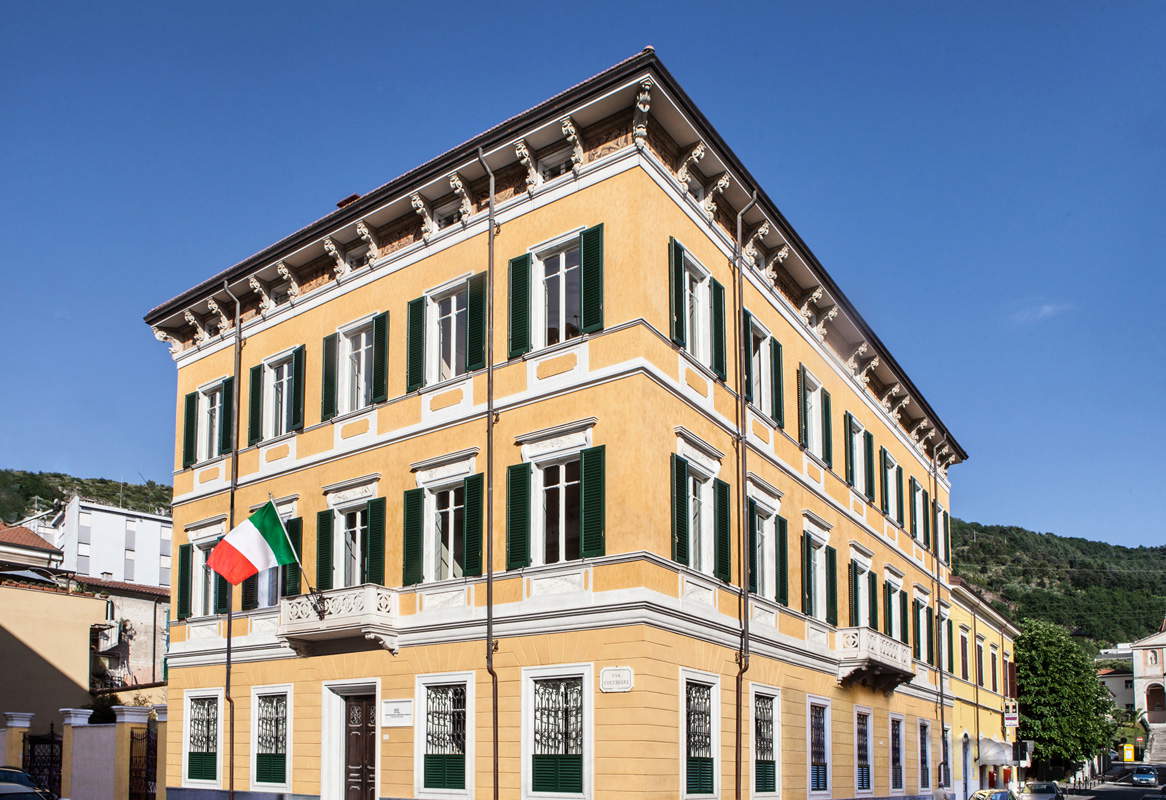
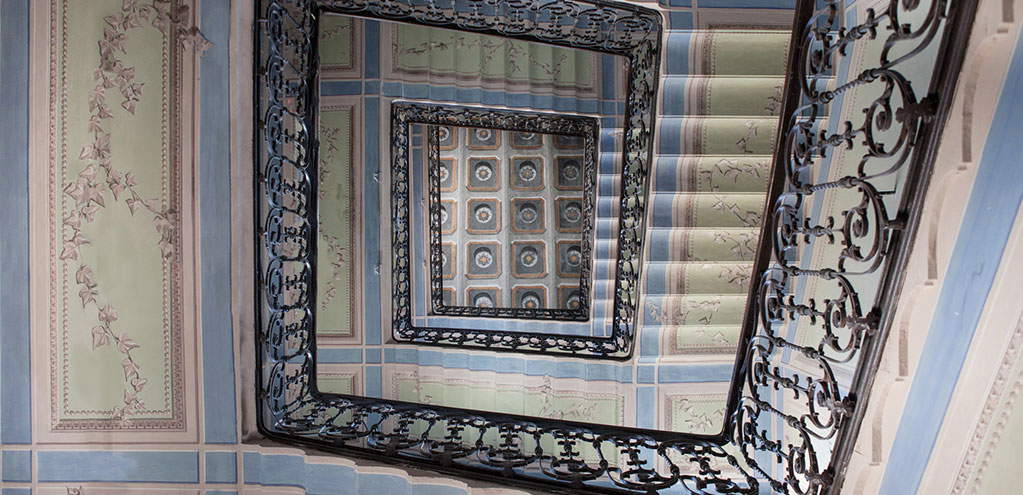
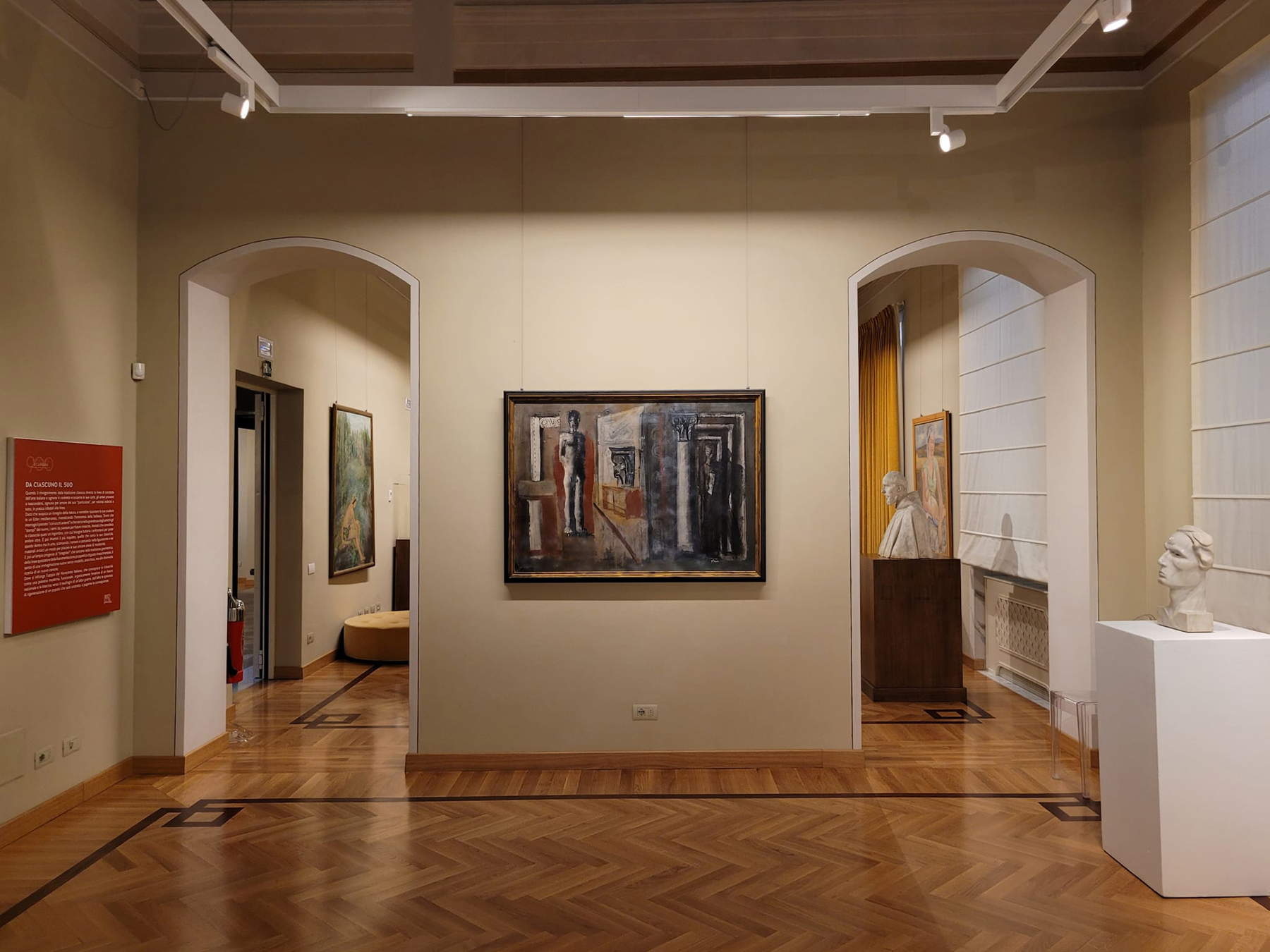
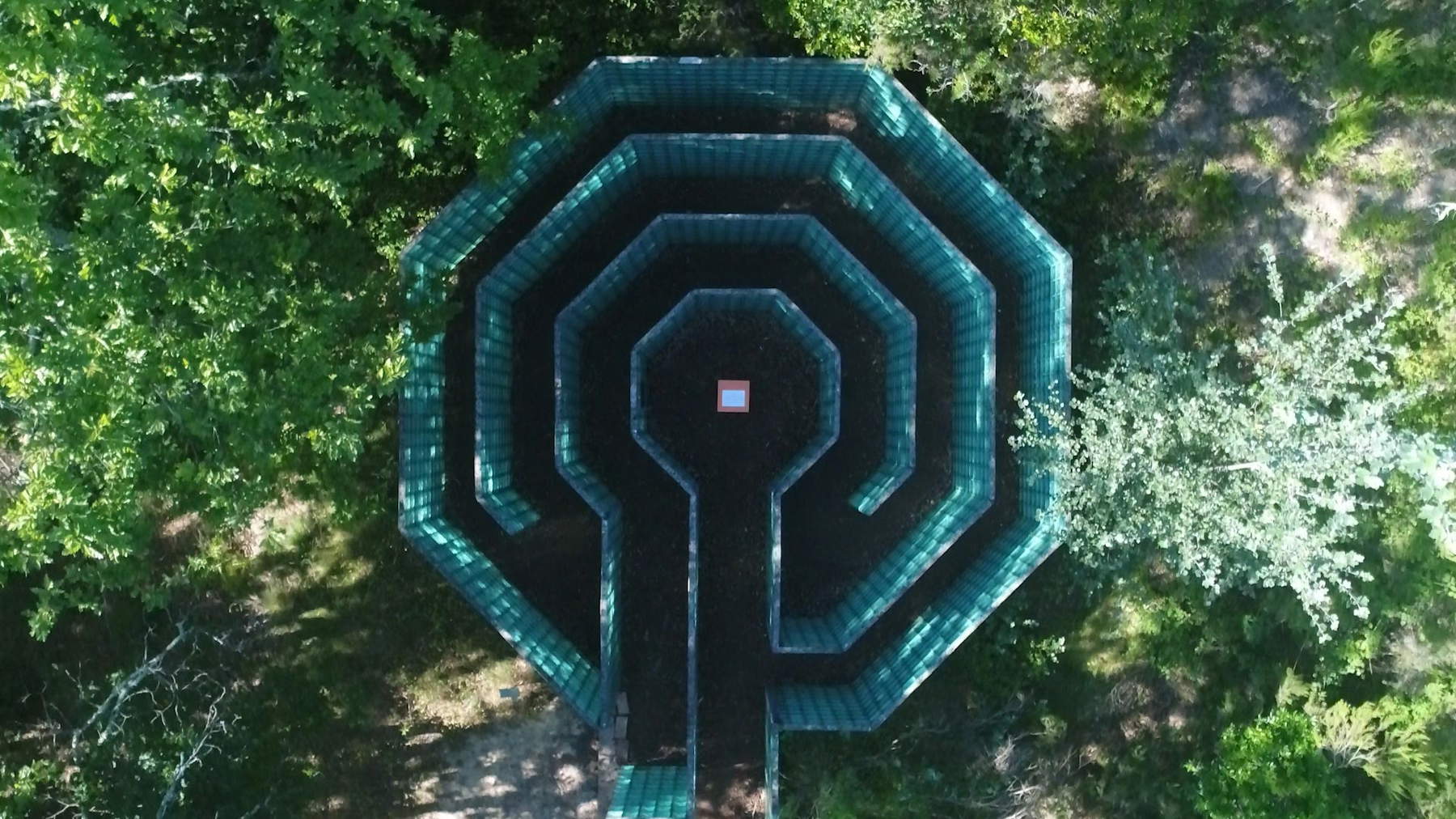

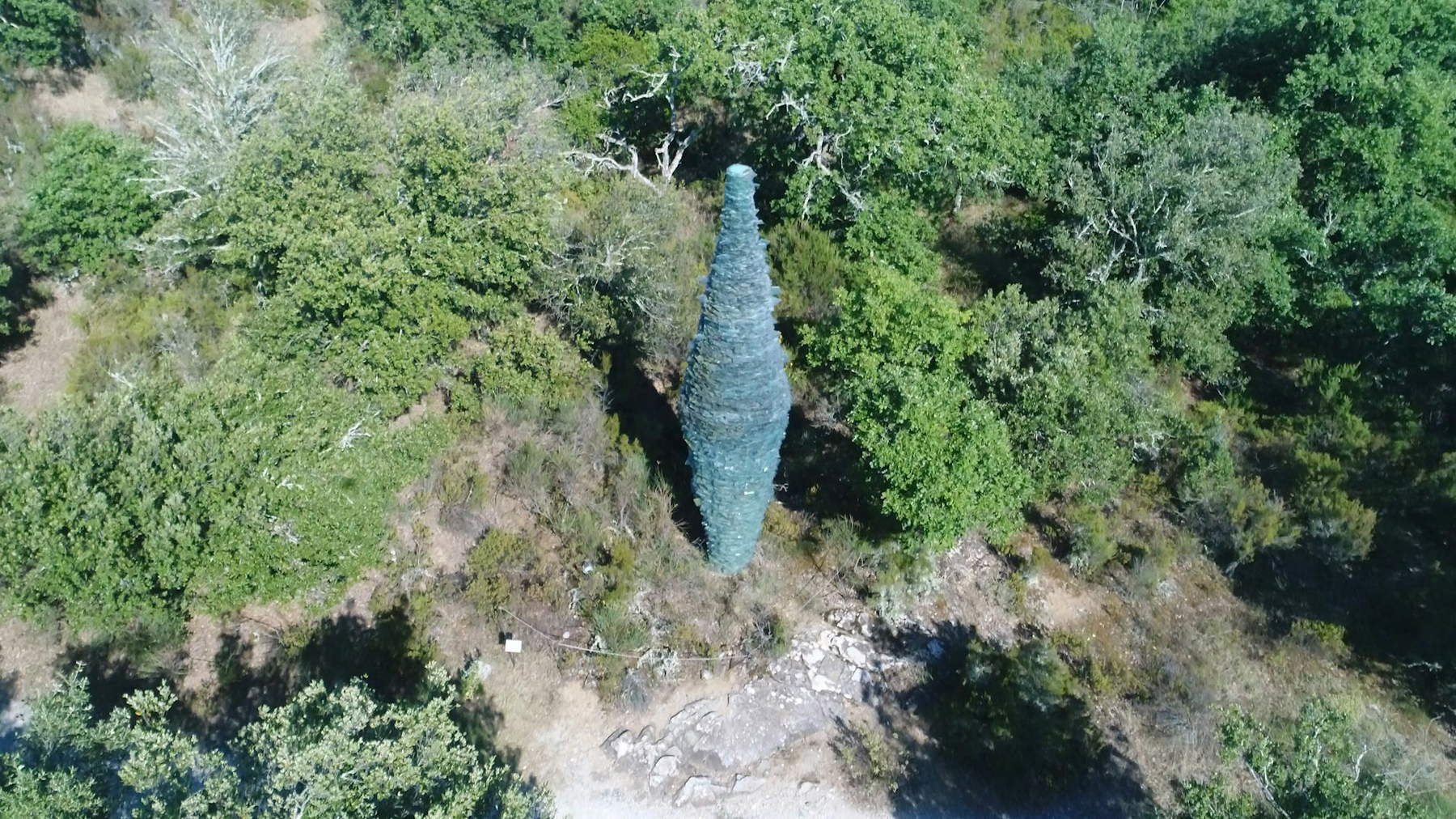
Finally, it should be remembered that investment in the arts by entrepreneurs not only enriches Tuscany culturally, but also generates economic and tourism opportunities: art events, exhibitions and cultural initiatives sponsored by entrepreneurs attract visitors from all over the world, contributing to the local economy and consolidating Tuscany’s reputation as a leading cultural destination. Entrepreneurial patronage also creates a significant connection between businesses and local communities. Entrepreneurs who invest in the arts demonstrate a commitment to the well-being of society, helping to build a positive relationship with the community. This sense of social responsibility enhances the positive image of businesses and strengthens the link between the private sector and the social fabric.
Today, at a time when economic and social challenges come to threaten the world of the arts, Tuscany’s contemporary art patrons are a beacon: their dedication to culture and creativity ensures that Tuscany continues to shine as a prime destination for art lovers from around the world. The importance of contemporary art patrons in Tuscany goes beyond funding art projects: they help shape a future in which art continues to be a unifying and enlightening force for society.
Warning: the translation into English of the original Italian article was created using automatic tools. We undertake to review all articles, but we do not guarantee the total absence of inaccuracies in the translation due to the program. You can find the original by clicking on the ITA button. If you find any mistake,please contact us.